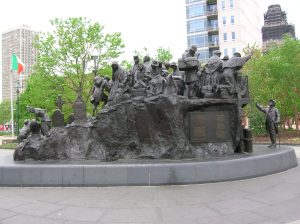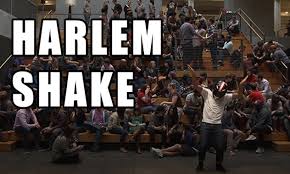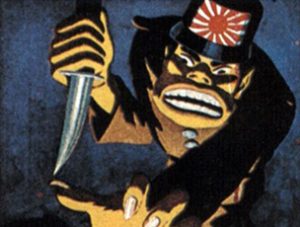
“I Don’t Know Where My Boy Is!”: Abduction and Brainwashing in Stranger Things
In “Chapter Six: The Monster” of Netflix’s Stranger Things, there’s the big reveal: Eleven, the daughter of Terry, a former subject in the Central Intelligence Agency’s Project MK-Ultra, was stolen—abducted—by “the big bad Man” to be used as a psychic weapon against the Soviet Union. Everything’s there: child abduction, brainwashing, the Man, an irrational fear…

Eating Otherness: The Unifying Qualities of Chocolate in Lasse Hallström’s Chocolat
Paige Lockard is originally from Kansas City and attended Lee's Summit North High School. Now, she is majoring in both English literature and psychology, as well as studying French and business for minor degrees. Next year, she will be working on Honors Capstones in both of her major areas of study. She will graduate in…

I Love that It Takes You an Hour and a Half to Order a Sandwich
When discussing the reasoning behind the dialogue-driven plot in When Harry Met Sally (Rob Reiner, 1989), writer Nora Ephron explained that, “People who live in cities aren’t in car chases. We don’t get shot at. What we mainly do is talk on the phone and have dinner” (Kimmel, 2008, p. 194). The basis of action…

Giving Voice to Violence and Void
Irish-American masculine identity has a nebulous and bloody history. Its development began in the 1840s in Ireland and has its roots in colonialism – a story that, in itself, could fill a book-shelf. Despite this challenge, Martin Scorsese does an admirable job of exploring this dynamic in his film The Departed.

“They’re Making Us Look Bad”: The Problem with the “New” Harlem Shake
The Harlem Shake video trend began at the beginning of 2013 when YouTube user Filthy Frank uploaded a short video of himself and some friends gyrating to a dance track on January 30.

Putting the Pulp in Pulp Fiction
Dominated by brilliant dialogue, violence, and subtle criticisms of American culture, the Best Original Screenplay-winning film Pulp Fiction intertwined food to further each of these critical plot threads.

WWII Propaganda: The Influence of Racism
Images created in times of war reveal the tensions and fears ignited by the conflicts between nations. Close analysis shows that the attached World War II propaganda poster is one such image. This 1942 poster, titled This is the Enemy, circulated in the United States following the Japanese attack on Pearl Harbor. Its purpose was to embody the entire Japanese nation as a ruthless and animalistic enemy that needed to be defeated.